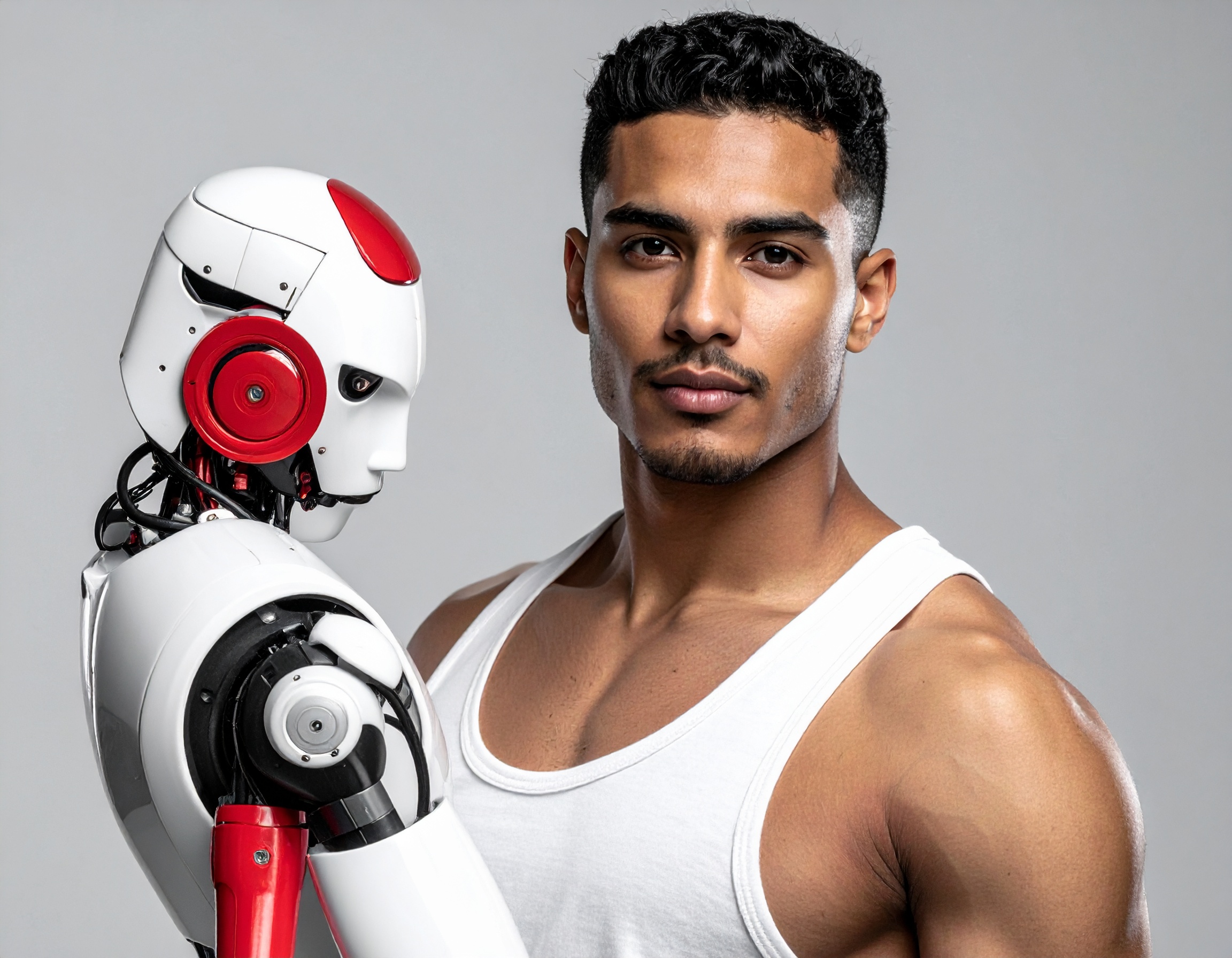Batter Up: How AI Employees and Non‑Human Workers Are Revolutionizing Restaurant Kitchens

A Taste of Change: Why AI in Kitchens Matters
As of June 10, 2025, restaurant kitchens are at the forefront of a tech-fueled transformation. AI Employees—ranging from robotic arms to Voice AI Agents—are stepping into kitchens to enhance efficiency, consistency, and service. This shift is more than a novelty: it's a strategic response to labor shortages, tight margins, and evolving customer expectations .

Trends Stirring the Industry
Cooked simply, here are the standout developments reshaping the scene:
- Robotic chefs & automated cooking lines: Machines now flip burgers and assemble salads with consistent precision, speeding up service and reducing errors.
- Voice AI Agents in order-taking: Automated voice systems are handling drive-thru orders and reservations, freeing humans for more complex tasks.
- Smart kitchens with IoT and analytics: Equipment now features sensors and AI software to manage temperatures, inventory, and predict demand—cutting waste and boosting profits.
Real‑World Bites: Restaurants Leading the Charge
Across the industry, eateries big and small are embracing Non-Human Workers:
- Fast-food chains like KFC, McDonald’s, Hungry Jack’s, and Taco Bell are rolling out AI in drive-thrus and kitchens to tackle labor woes and speed up orders.
- Chipotle and sweetgreen are deploying automated food prep tools—from tortilla-chip fryers to robotic salad bowls—to standardize quality during peak times.
- McDonald’s has partnered with Google Cloud to install connected kitchen gear in 43,000 locations, targeting equipment breakdowns and order accuracy through edge computing.

Why You Should Care
The rise of AI Employees and Non-Human Workers is reshaping the industry in four key ways:
- Operational efficiency: Less waste, faster service, smarter staff scheduling.
- Labor relief: Employees are spared repetitive, mundane tasks so they can focus on guest interactions.
- Data-driven decisions: AI analytics help kitchens optimize menus, pricing, and inventory in real time.
- Recipe innovation and consistency: Chefs use AI insight for flavor pairings while automation ensures each dish meets exact standards.
The Road Ahead
This tech revolution is unmistakably underway, but it's not without caution. Trust, ethics, and regulatory oversight are key concerns—especially when replacing low-wage jobs or collecting customer data. Yet, as AI Employees and Voice AI Agents become more capable and transparent, they promise to help restaurateurs balance innovation, efficiency, and human connection.

Key Highlights:
- AI Employees in Kitchens: Restaurants are increasingly relying on Non-Human Workers, including robotic arms and automated cooking stations, to handle food prep and improve consistency.
- Voice AI Agents: Drive-thru and call-in orders are now frequently managed by AI voice systems, improving speed and reducing the need for human staff during high-volume periods.
- Labor Shortage Solution: The shift to automation is largely driven by a need to address ongoing labor shortages and high employee turnover across the food service sector.
- Smart Kitchen Tech: IoT-connected appliances and AI-driven analytics are helping restaurants optimize inventory, reduce food waste, and even predict peak demand hours.
- Big Brand Adoption:
- McDonald’s: Partnered with Google Cloud to connect 43,000 kitchens worldwide.
- Chipotle: Using robots for tortilla chips and other prep.
- sweetgreen: Implemented AI-powered salad-making machines.
- KFC and Taco Bell: Testing AI-powered drive-thru systems.
- Business Benefits:
- Faster service and shorter wait times
- Better food quality control
- Real-time data for smarter business decisions
- Future Implications: While AI offers speed and savings, questions around job displacement, data privacy, and human oversight remain critical.
Reference:


